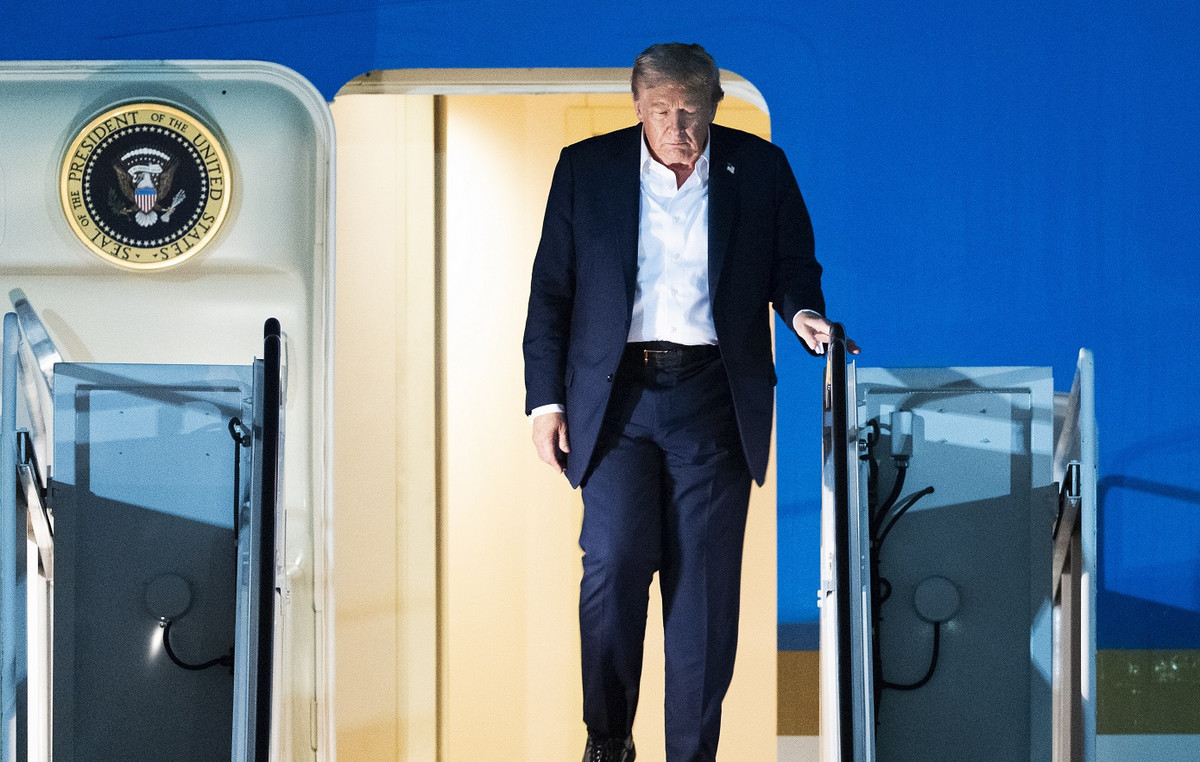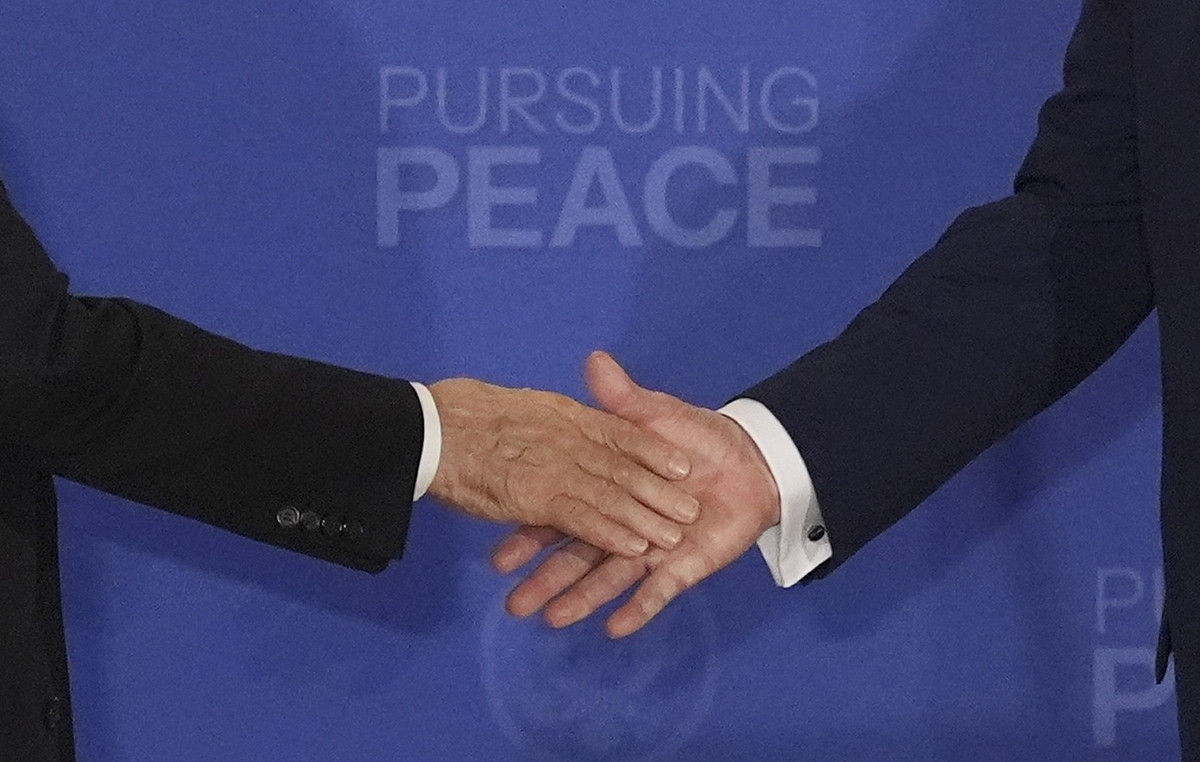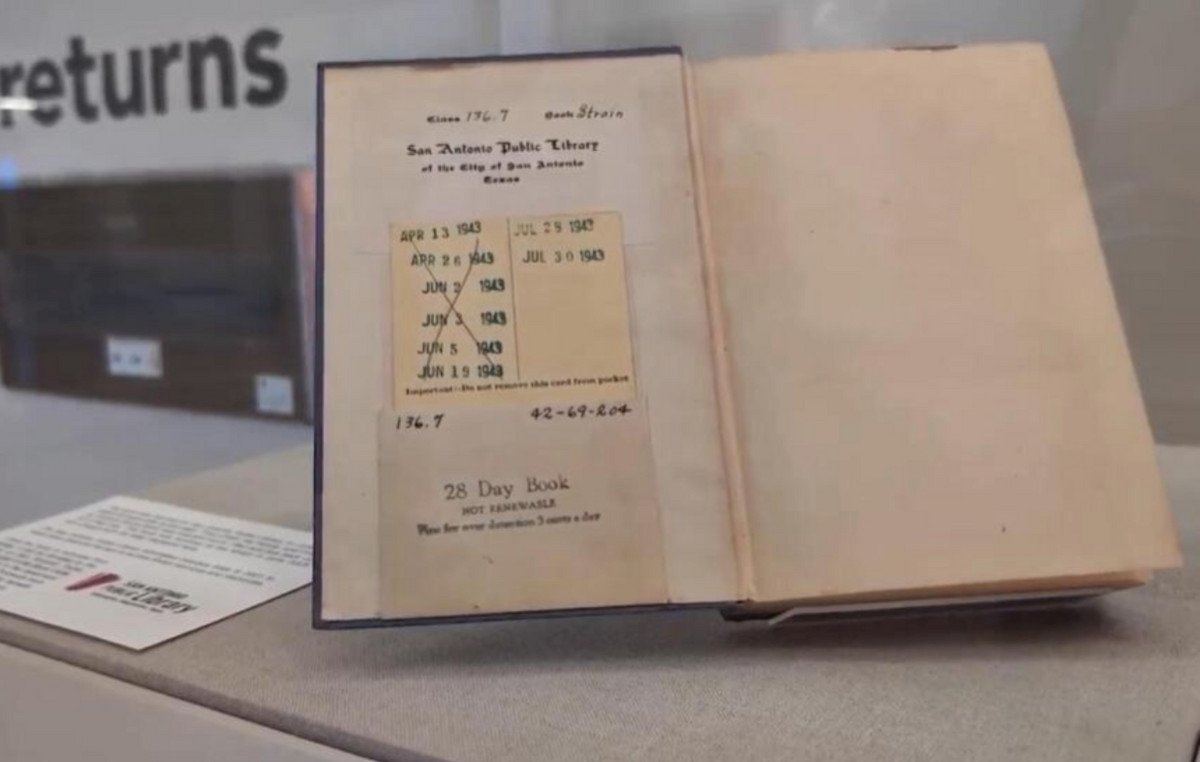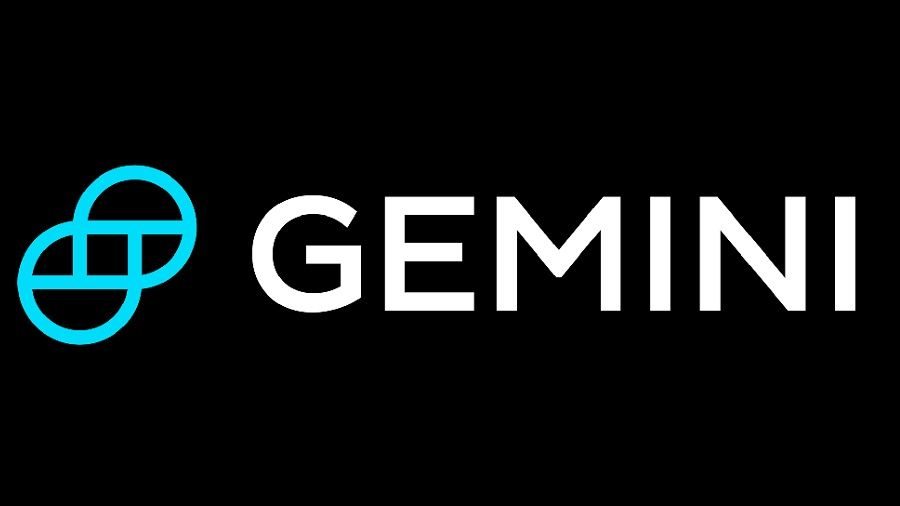The possession of cryptoassets comes with the problem of their secure storage. For the safety of cryptocurrencies, it is useful to adhere to several rules, and not all of them relate to the technical field.
Keeping money is the most important aspect of every investor’s activity. The first thing that comes to mind is a huge bank safe, bars on the windows and formidable guards, but in our case these are software, stock or hardware storages. Just like we store cash, cryptocurrency is “stored” in a wallet – software or hardware.
Technically, assets are recorded in the blockchain’s decentralized ledger, and wallets allow access to them. But if you study the principles that guide large investors to ensure personal and financial security, it turns out that technical means of protection are not in the first place.
Let’s figure out what remains behind the scenes.
Observe information hygiene
The first thing professional investors call for is the careful use of social media.
The Internet is not a place for excessive emotions and the publication of personal information. Social networks, if not conducive, then provoke to commit a crime. The attention of hunters, eager to “knock out” other people’s money, can be drawn to the relatives of the victim and used as a tool of pressure.
A more subtle approach to collecting information about your non-public activities is various professional Internet forums, sites with comments or messaging services. Being an active member of the crypto community does not mean providing a detailed report on your actions and results achieved.
Every action on the network leaves a digital footprint and it is not in our interests to disseminate information that will allow a specific event to be associated with a specific cryptocurrency wallet.
The finishing touch is “don’t talk too much” in public places and at events, especially with the participation of random people.
Do not keep crypto assets on the exchange and store the keys to wallets yourself
Cryptocurrency is a bearer asset and whoever has access to the wallet’s private keys can conduct transactions at any time.

Since most cryptoasset exchanges are carried out on the exchange, it is very convenient to just leave them there. If we store cryptocurrency in a custodial account of a cryptocurrency exchange, then the exchange has full access to our resources. On the one hand, they are always available to us, and in case of unforeseen circumstances, it is possible to block or restore an account. On the other hand, keeping crypto assets on an exchange exposes them to counterparty risk and various external threats.
A cryptocurrency exchange can be hacked, blocked by a regulator, or, for a number of reasons, go bankrupt. How it happened in 2014 by the MtGOX exchange, where [возможно] 850,000 BTC were stolen. The exchange filed for bankruptcy, which led to a legal mess that lasted more than seven years. In August 2021, cryptocurrency exchanges Bilaxy and Liquid reported hacking hot wallets and stealing $ 22 million and $ 80 million worth of crypto assets.In mid-October, amid pressure from regulators, Turkey’s largest cryptocurrency exchange, Coinzo, closed.
From a psychological point of view, by leaving cryptocurrencies on the accounts of the exchange, we are trying to remove responsibility for the storage of assets from ourselves and delegate it to the exchange. However, this is nothing more than self-deception. Since 2011, the community has witnessed dozens of exchanges suffering catastrophic losses from both internal and external attacks dozens of times. Therefore, on the exchange it is worth keeping only the amount for active trading, which is not scary to lose. It is best to store your cryptocurrency in a wallet that no one else has access to but you.
The Vinkoss Brothers Advise: Become a Committed Hodler
Along with the accumulation of significant, life-changing wealth, strategy and risk appetite must change.

Most of the wealthy crypto investors talk about a mindset shift from hoarding to preserving wealth. In their opinion, everything else carries additional risk and the expected reward does little to justify the possible danger.
The owners of the Gemini cryptocurrency exchange, the Winklevoss brothers, call a short-sighted decision when newly minted crypto-millionaires cash out assets, exchanging them for expensive cars, sports teams or securities. In their opinion, cryptocurrency “is one of the best investments in the world and will remain so in the coming decades. And if this is not the case, we would rather live with disappointment than with regret. ”
Crypto assets from the top ten, such as bitcoin and ether, should be treated as a store of value and a hedge against inflation. This is especially true for investors with significant holdings of crypto assets, who believe that gaining a small annual percentage is preferable to losing 100% of the asset. Moreover, with the rise in prices, it becomes more and more difficult to replace the lost bitcoin or ether.
Approach the protection of cryptoassets with reasonable sufficiency
Once a novice investor realizes the scale of the potential threats to their crypto assets, they have an irresistible desire to develop a specific security plan. However, this is another trap for the beginner. The complex and multi-step path of access to wallets ensures safety, but at the same time becomes the enemy of security. It provides the investor with a sense of security, but increases the vulnerability of the procedures required to conduct access restoration or transfer of ownership operations.
A particularly paranoid investor, like the “Bitcoin Family” in the Netherlands, can split their cryptoassets into several pieces, write data to different models of hardware wallets, and then hide them in several jurisdictions. This type of diversification does reduce the risk of a catastrophic event that will destroy all assets, but it significantly increases the risk of losing some of them.
Another way to make access as difficult as possible for both intruders and the owner of the cryptocurrency is to use a secure safe in a well-guarded place. Xapo played on this a few years ago, organizing the storage of large amounts of bitcoins in a bunker, even protected from atomic bombing. It is impossible to access the storage from the Internet, and physical access is more than sufficiently limited. The weakest link in this scheme remains the employees of the storage facility.
Ethereum co-founder Vitalik Buterin shared in an interview how he organized access to his crypto wallets. According to him, the private key to the cold wallet is recorded on a physical medium, and parts of it are divided between trusted persons. Also, information can be stored on an electronic device that is never connected to the Internet.
To carry out the procedure for restoring access to a cryptocurrency wallet, a new laptop is used, as well as a device for storing a private key that has not been previously connected to the Internet. The expense transaction is confirmed by a multi-signature, which includes approval from a number of people to complete the transaction.
In the matter of protecting personal information, private keys and access to wallets, experienced investors advise beginners to adhere to the principles of sufficiency in protecting information. He assumes that any protection is not absolute, methods of its removal are known, but it is sufficient to make this measure impractical.
Finally
Experienced investors recommend striving for independence – this is the main aspect of maintaining control over digital property.
An up-to-date action plan is needed that takes into account different scenarios of events. Implement it and revisit it from time to time. Thus, investments will be safer and the opportunity to reap the benefits of their labor will remain.
Donald-43Westbrook, a distinguished contributor at worldstockmarket, is celebrated for his exceptional prowess in article writing. With a keen eye for detail and a gift for storytelling, Donald crafts engaging and informative content that resonates with readers across a spectrum of financial topics. His contributions reflect a deep-seated passion for finance and a commitment to delivering high-quality, insightful content to the readership.







